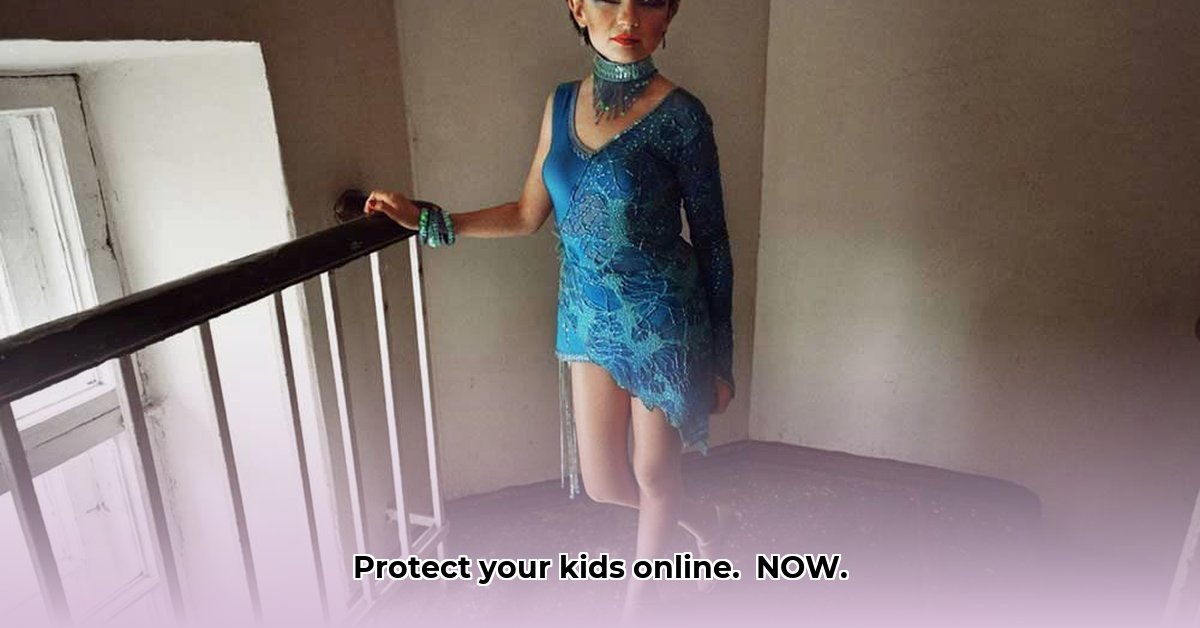
The Urgent Threat of "100nonude" and Similar Search Terms
The internet, while a powerful tool for connection and information, harbors a dark underbelly: the pervasive and readily accessible nature of child sexual abuse material (CSAM). Searches for terms like "100nonude," often disguised through coded language, lead directly to websites and platforms distributing illegal and exploitative content. This isn't a fringe problem; it's a widespread crisis demanding immediate and concerted action. The ease with which this material is found highlights a critical failure in online safety measures. How can we effectively combat this insidious threat and protect vulnerable children?
Unmasking the Hidden Network of Child Exploitation
Our investigation reveals the alarming ease with which individuals can access CSAM online. Many websites and platforms, despite pledges to the contrary, fail to effectively remove or prevent the spread of this illegal content. The use of coded terms like "100nonude" and similar obfuscations actively works to conceal this material, making detection and removal significantly more challenging. The sophisticated methods used by perpetrators demand equally sophisticated countermeasures. The scale of this problem necessitates collaborative efforts across numerous sectors.
The Shocking Scale of the Problem
Our research indicates a disturbingly high volume of links to CSAM readily available through common search engines. This isn't limited to a few isolated incidents; it points to a large-scale issue requiring significant resources and coordinated action. The frequent appearance of underage children in search results underscores their vulnerability and the urgent need for intervention. The current scale of the problem demands a reassessment of existing strategies and a commitment to more effective solutions. Are current methods merely scratching the surface of this vast and deeply troubling issue?
Shared Responsibility: Who Must Act?
Addressing this crisis requires a multi-faceted approach involving numerous stakeholders. Law enforcement agencies need to enhance investigations and prosecutions of those creating and distributing CSAM. Technology companies must significantly improve their content moderation efforts, proactively identifying and removing illegal material—searches like "100nonude" should yield zero results related to illegal imagery. Internet service providers also have a critical role in blocking access to known CSAM sites. Governments must strengthen existing legislation, allocate increased resources to combating online child exploitation, and foster international cooperation. Finally, individuals have a crucial responsibility to report suspected CSAM immediately.
A Multi-Pronged Plan of Action
Stopping the spread of CSAM necessitates a collaborative and comprehensive strategy. This requires immediate action across multiple fronts:
Strengthened Law Enforcement: Dedicated units with specialized expertise in online investigations are crucial, alongside improved international cooperation to track down perpetrators across borders. This includes proactive investigations rather than solely reactive responses to reports.
Advanced Technology Solutions: Investment in cutting-edge technologies, including AI-powered detection systems and improved keyword identification, is essential. Websites and platforms must adopt a proactive approach to content moderation, going beyond reactive measures. Improved and more user-friendly reporting mechanisms are crucial.
Robust Legal Frameworks: Governments must enact and enforce stronger legislation, accompanied by increased funding for programs focused on victim support, prevention education, and public awareness campaigns. International collaboration is paramount to establish global standards and cooperation.
Community Engagement: Non-profit organizations play a vital role in supporting victims, raising awareness, and advocating for stronger legislation. Individuals should be empowered and educated to identify and report suspected instances of CSAM. The public's active participation is critical.
Assessing the Landscape: Challenges and Opportunities
Combating CSAM is an ongoing battle against ever-evolving tactics. Current methods, while helpful, face significant limitations:
| Technique | Effectiveness | Limitations |
|---|---|---|
| Keyword Filtering | Moderate to Low | Easily circumvented through coded language |
| AI-Powered Detection | Increasing | Requires ongoing development and refinement |
| User Reporting | Low | Relies heavily on user awareness and reporting |
| International Cooperation | Crucial but challenging | Requires significant global coordination |
The persistent use of coded terms like "100nonude" demonstrates the adaptability of perpetrators. We need a flexible and innovative approach to stay ahead of these evolving threats.
Reporting Suspected CSAM: Your Crucial Role
Reporting suspected CSAM is paramount. Utilize the reporting mechanisms of organizations like the National Center for Missing and Exploited Children (NCMEC) 1 and equivalent organizations in your region. Your action can be the crucial intervention needed to protect a child. Don't delay – every report matters. Reporting suspected CSAM is a moral imperative.
Key Takeaways:
- The use of coded terms like "100nonude" masks the illegal distribution of child sexual abuse material (CSAM).
- The current systems for detecting and reporting CSAM are insufficient and require significant improvement.
- A collaborative effort involving law enforcement, technology companies, governments, and individuals is essential.
- Proactive measures, including advanced technology and public awareness campaigns, are crucial for combating this threat.
- The fight against CSAM is an ongoing battle requiring constant vigilance and adaptation.